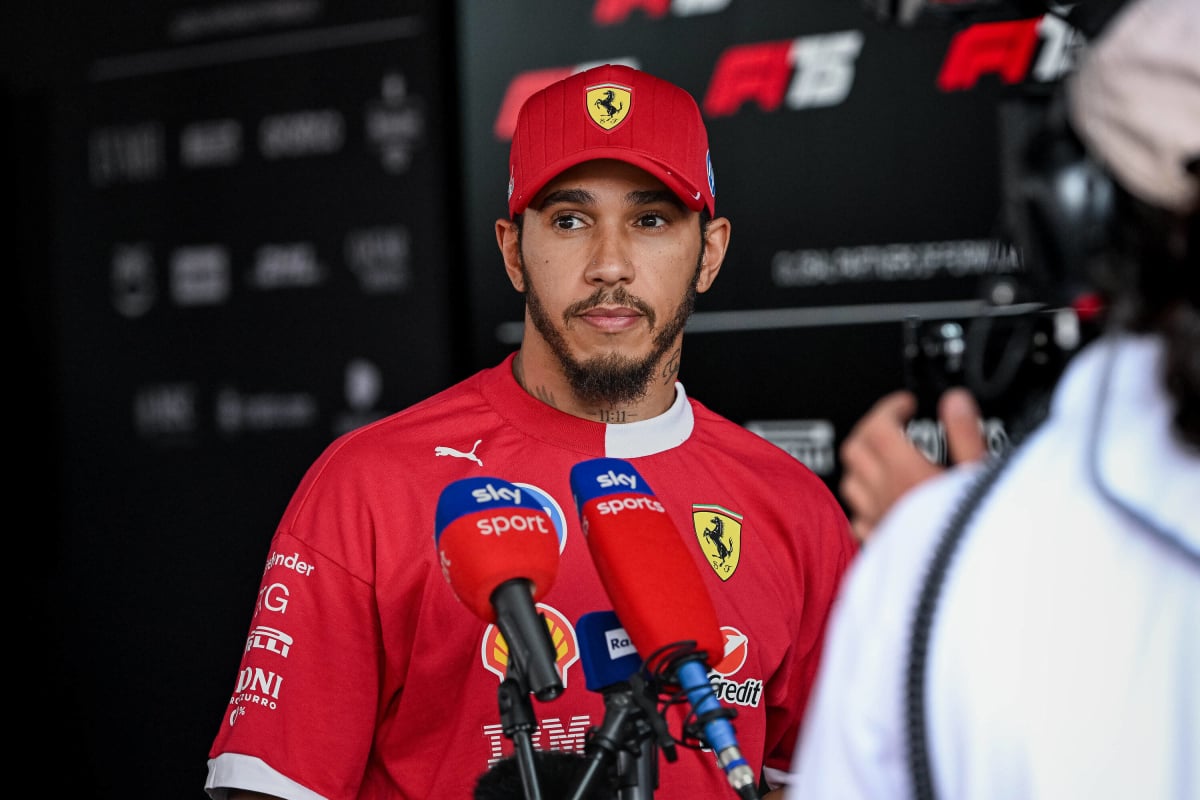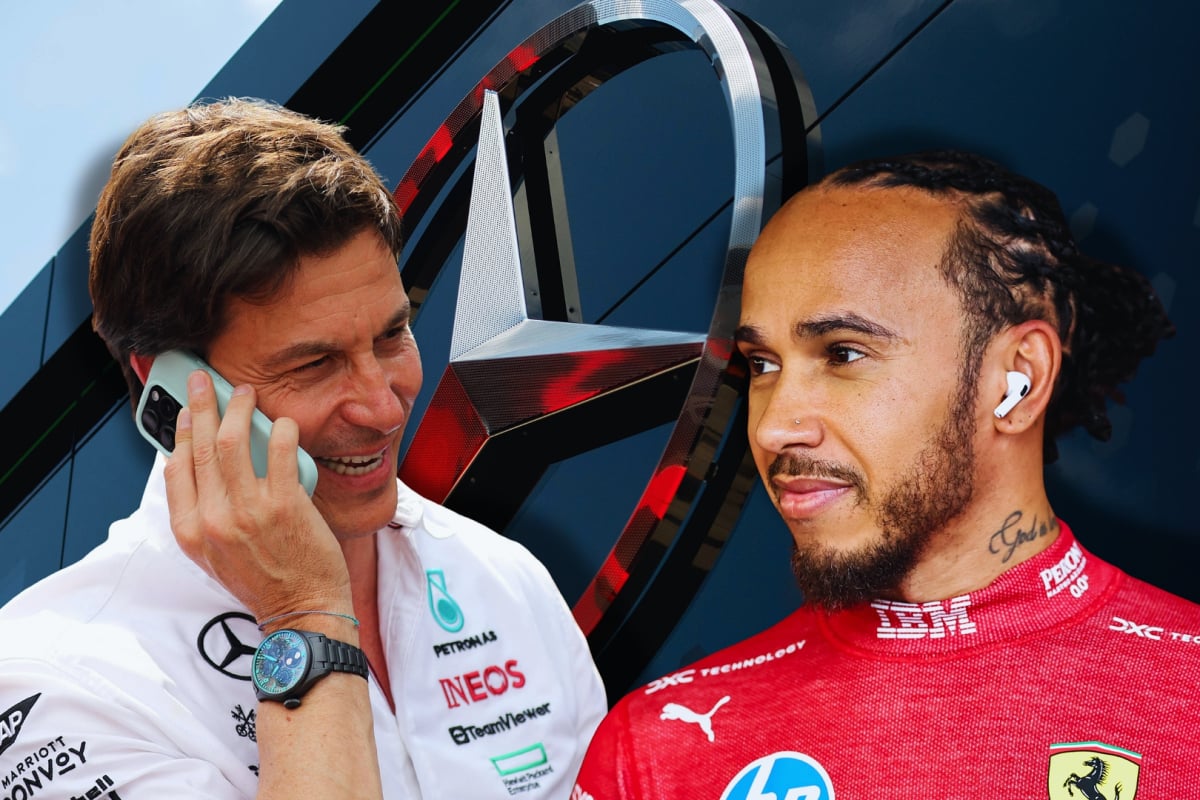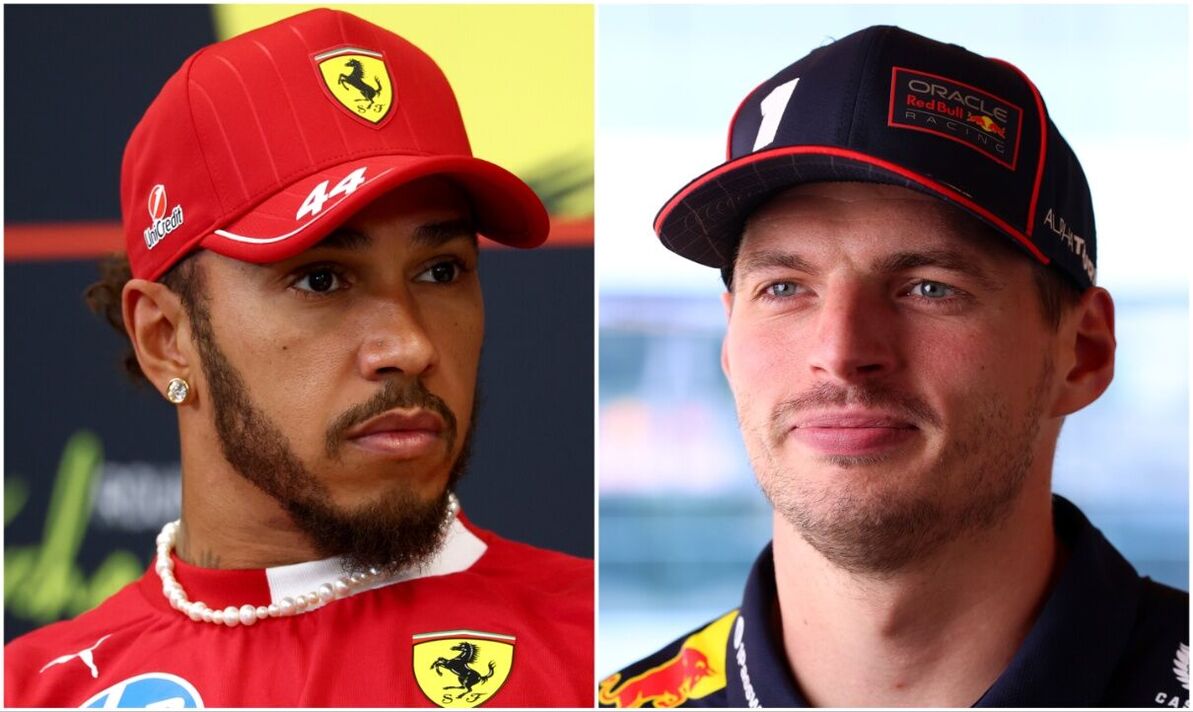F1 News Today: Lewis Hamilton Demands Change Amidst Ferrari’s Sealing of Leclerc’s Fate
The Formula 1 world is abuzz with significant developments impacting both Mercedes and Ferrari. While Ferrari appears to have solidified Charles Leclerc’s long-term future with the team, a brewing discontent within the Mercedes camp, spearheaded by seven-time world champion Lewis Hamilton, is demanding a fundamental shift in the team’s approach. The situation, a complex interplay of performance, strategy, and internal dynamics, underscores a critical juncture for both titans of the sport.
Ferrari’s decision to extend Leclerc’s contract, rumored to be a multi-year deal worth a staggering sum, effectively ends speculation about his future and sends a strong message of confidence in the young Monegasque driver. While Leclerc has experienced some inconsistency this season, interspersed with dazzling displays of speed and skill, Ferrari’s commitment reflects a belief in his potential and their long-term strategy built around him. The confirmation effectively closes the door on any potential moves for other high-profile drivers, solidifying Leclerc as the cornerstone of their future championship ambitions. The contract extension is viewed as a crucial step in stabilizing the team after a period of fluctuating performance and strategic inconsistencies. It also suggests a commitment to a longer-term project, focusing on car development and team cohesion rather than a constant driver merry-go-round, a strategy that has plagued Ferrari in recent years. The financial investment highlights Ferrari’s unwavering belief in Leclerc’s ability to deliver on their hopes of a sustained championship challenge, injecting a much-needed dose of stability and confidence into the team’s environment. However, this stability contrasts sharply with the escalating tension within the Mercedes garage.
Lewis Hamilton’s public pronouncements, though carefully worded, have subtly hinted at a growing frustration with Mercedes’ current trajectory. While stopping short of outright criticism, Hamilton’s comments about the need for a “radical shift” in the team’s approach suggest a deep-seated concern over the team’s competitiveness and its strategic direction. The ongoing struggle with the W14 car, a significant departure from the previous year’s design philosophy, has yielded disappointing results, leaving Hamilton fighting for podium finishes rather than consistently battling for race wins. This marked change in performance, compared to his dominance in previous seasons, has understandably sparked questions about the team’s capacity to adapt to the new aerodynamic regulations and its ability to provide Hamilton with a car capable of challenging for the championship. Hamilton’s demand for change is not simply about improving car performance; it’s a call for a systemic overhaul, suggesting a lack of confidence in the team’s decision-making processes and a desire for a more proactive and responsive approach to car development and race strategy. His extensive experience and success make his concerns particularly weighty, demanding a serious response from the team leadership.
The specific nature of Hamilton’s demands remains unclear, but speculation points towards a significant restructuring within the team’s technical department. Rumors suggest that he is advocating for a more collaborative and open approach to car development, incorporating feedback from drivers more effectively. This implies a criticism of the current top-down approach, where driver input might not be adequately considered in design and engineering decisions. Furthermore, the strategic choices made during races have also come under scrutiny, with suggestions that the team needs to be bolder and more proactive in making decisions that might enhance race outcomes. Hamilton’s influence within the team is undeniable, and his vocal dissatisfaction underscores a crisis of confidence that extends beyond mere performance issues. The team’s response will be crucial in determining whether they can address Hamilton’s concerns and rebuild the trust necessary for a successful partnership moving forward.
The contrast between Ferrari’s confident investment in Leclerc’s future and Mercedes’ internal struggles highlights the complexities of Formula 1. While Ferrari’s decision provides a sense of stability and direction, Mercedes faces a critical juncture, needing to respond effectively to Hamilton’s demands to avoid further internal conflict and a potential decline in competitiveness. The coming weeks and months will be pivotal in determining the future trajectories of both teams, with the implications potentially shaping the landscape of Formula 1 for years to come. The pressure is on both teams to address their respective challenges, with the outcome having a significant impact on the championship battle and the wider dynamics of the sport.




